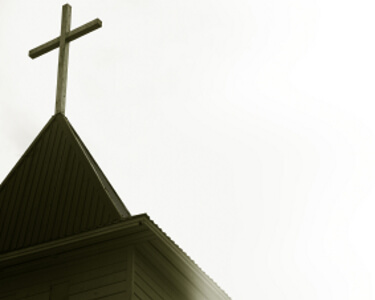
reported membership gains despite declines within several other North American
denominations, according to an annual report from the National Council of
Churches.
The Assemblies of God grew
1.27 percent from 2,863,265 members to 2,899,702, while the Church of God (Cleveland, Tenn.) grew
1.76 percent from 1,053,642 members to 1,072,169, according to the 2010 Yearbook
of American & Canadian Churches.
The Pentecostal denominations
were the only Protestant groups to show membership gains in this year’s report.
The Southern Baptist Convention (SBC), the nation’s second largest
denomination, showed a slight membership drop for the second consecutive year.
The SBC, which the National Council of Churches said is typically viewed as a
reliable indicator of church growth, reported a 0.24 percent decline again this
year, taking its membership down from 16,266,920 members to 16,228,438.
The Catholic Church,
however, rebounded this year after a 0.59 percent decline in 2009. The nation’s
largest Christian body grew roughly 1.49 percent from 67 million members to
more than 68 million.
Of the 25 largest church
groups, the Church of Jesus Christ of Latter-day Saints and the Jehovah’s Witnesses
also saw membership gains. The Mormon Church reported 1.71 percent growth,
raising its membership to 5,873,408, and the Jehovah’s Witnesses grew 2 percent
to 1,092,169 members, according to the report.
The Presbyterian Church
(USA) reported the sharpest membership decline, dropping 3.28 percent to
2,941,412 members. The American Baptist Churches in the USA dropped 2 percent
to 1,358,351 members, and the Evangelical Lutheran Church in America declined
1.92 percent to 4,709,956 members.
Churches collected
membership figures in 2008 and reported them to the yearbook in 2009. Eleven of
the nation’s 25 largest denominations did not submit membership data, including
the Church of God in Christ, the National Baptist Convention USA, the National
Baptist Convention of America, the African Methodist Episcopal Church and the
Pentecostal Assemblies of the World. Those denominations also did not report membership changes
for the 2009 report.
Many observers attribute
declines in church growth to the advance of secularism in North America. But
the Rev. Dr. Eileen W. Lindner, editor of the yearbook, said secularism may not
be the only factor.
“American society as a
whole has not experienced the kind and rate of secularization so clearly
demonstrated during the last quarter century in Western Europe,” she stated.
“Indeed, American church membership trends have defied gravity particularly
where the Pentecostal experience is included.”
She noted that a plurality
of immigrants to the U.S. have been Christian. “In an era in which we have
come to expect the inevitable advance of secularism in the U.S., the influx of
robust Christian communities among new immigrants once again amends the
topographical map,” Lindner added.
Despite the losses, the yearbook
reports that total church membership grew 0.49 percent over last year to
147,384,631. In 2009, total church membership had dropped 0.49 percent from
147,382,460 members to 146,663,972.











































